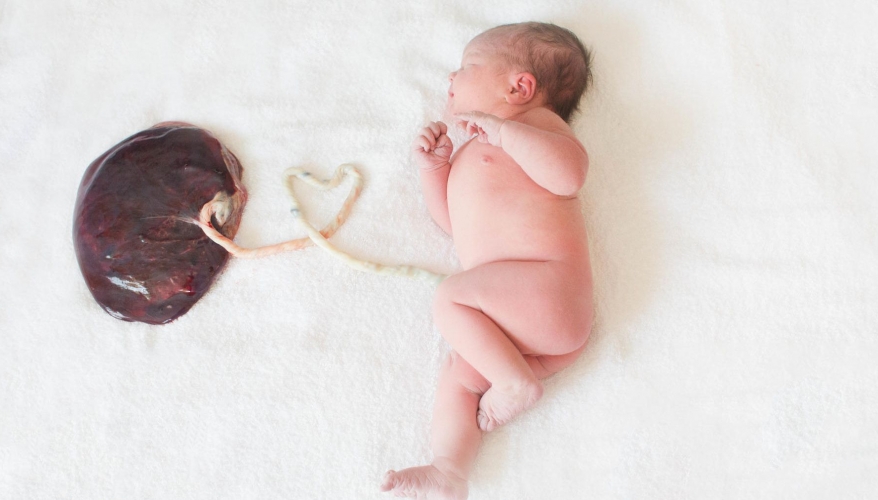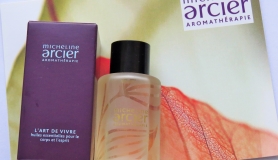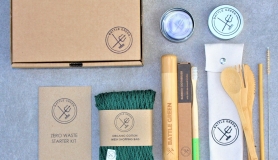The placenta is an amazing organ that grows along with new life inside a mother’s womb, providing nourishment, protection and oxygen for the baby as he develops ready to meet the outside world. In recent years there has been a growing awareness of how the placenta can support a new mother through her postnatal recovery and more women are deciding to consume this iron rich organ.
Main benefits
Women in the public eye like Mayim Bialik, January Jones and Alicia Silverstone are speaking out about the benefits of preserving their placenta following the birth of their children. The main benefits are replenishing depleted iron levels, boosting energy levels, the reduction in postnatal bleeding, an increase in milk production and a reduced risk of postnatal depression.
I first heard about Placenta Remedies late in 2010 when I attended a Doula training course. It immediately made perfect sense to me that an organ filled with so many hormones and nutrients would be of great benefit to a new mother following the birth of her baby.
Most women tend to opt for Placenta Encapsulation, where the placenta is dehydrated to retain a high amount of the hormones and nutrients found in rich supply, then ground down into a powder and put into capsules. Women can also consume their placenta in smoothies, have tinctures made, which have been found to balance hormones and can even support them through the menopause, or have a homeopathic remedy made up for themselves and their baby.
Why I chose this path
When I was expecting my third son I started to think about what I had learnt on the doula course, and I began to research encapsulation. My personal motivation for choosing to have my placenta encapsulated was to avoid anxiety and postnatal depression that I had experienced following previous pregnancies.
I wasn’t disappointed. I started taking my capsules a few days after birth and my postnatal recovery was completely different. I felt calm and balanced and despite being a decade older than when I had my first son, I felt full of energy. My milk supply came in quickly but most importantly for me, the anxiety and PND I had experienced following my previous two births did not come, I felt clear headed and happy. There were a few days when I was a little wobbly but this time I really enjoyed my baby, and I was able let things that would have caused me upset previously wash over me.
Achieving work life balance
When my son was 4.5 months old, I realised that my work life balance was simply not working for us as a family. I owned a busy swim school and as great as the financial reward was, it felt as though my husband and I were ships passing in the night. One of us would be with the children but the other was always working, we were more like a tag team and rarely got to spend any quality time together. We agreed it was time to sell the swim school.
I knew I wanted to continue to work for myself and I knew how amazing I had felt building placenta encapsulation into my own postnatal recovery, so I started to put a new business plan together. I trained with The Independent Placenta Encapsulation Network (IPEN) to become a Placenta Remedy Specialist. I have been able to transfer a lot of the skills I learnt when I owned my own swim school to growing and marketing my new enterprise. I have achieved the work life balance I was looking for and feel incredibly lucky I now do something I feel passionate about every day while bringing in an income to support our family.
Having my own placenta encapsulated was the very best thing I have done for myself, postnatally. I would really encourage every expectant mother to consider consuming their placenta or honouring it in some way, such an amazing life sustaining organ has been over looked for too long.
Donna is director of placentanetwork.com and lives in Leicestershire with her husband Lee and their three sons.
MORE INSPIRATION
Interested in training to become a Placenta Remedy Specialist?
There are a number of courses available, but I would strongly recommend choosing a course where you are able to attend a hands-on workshop so you can see how placenta remedies are made, handle a placenta and have a go at preparing them yourself ahead of working with your first client.
Things to look for when choosing a Placenta Remedy Specialist
• Do they hold a qualification as a Placenta Remedies Specialist?
• Are they a member of the Placenta Remedies Network?
• Do they hold up to date certifications in Health, hygiene and Safety?
• Read their customers reviews.
• Will they provide you with a chiller pack and storage container?
• Do you want someone that will call out day or night to collect your placenta?
• Ask if they are registered with their local Environmental Health department.
• If it’s important to you, make sure you check the capsule casing they use are vegetarian and vegan friendly.
Your placenta contains
• IRON – essential for oxygen absorption in the cells
• VITAMIN B6 – aids in the making of antibodies
• VITAMIN E – for healing damaged skin cells
• OXYTOCIN HORMONE – essential for facilitating birth and breastfeeding
• CORTICOTROPINRELEASING HORMONE (CRH) – responsible for reducing stress levels
• CYTOKINES – Fibroblasts that trigger cell metabolism healing and replacing damaged cells and tissue
RESOURCES
Independent Placenta Encapsulation Network (IPEN) www.placentanetwork.com
FURTHER READING
Placenta: The Gift of Life by Cornelia Enning.
Placenta: the Forgotten Chakra by Robin Lim (available to download)
Gentle birth, gentle mothering by Sarah J Buckley, MD
This beautiful image is taken by Renee Bergeron of Little Earthling Photography https://littleearthlingphotography.com







